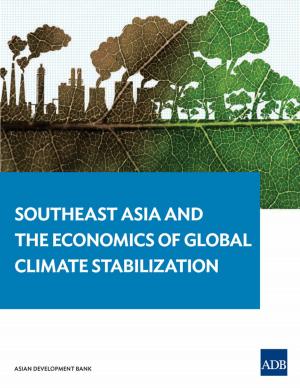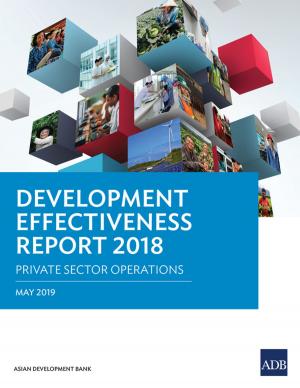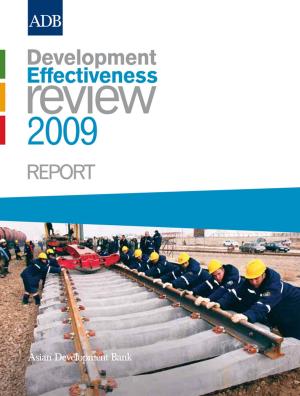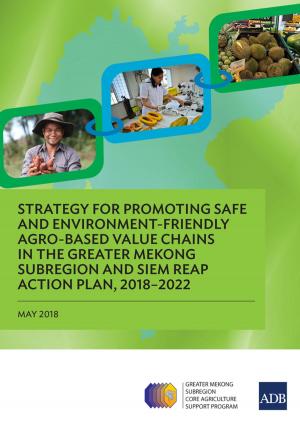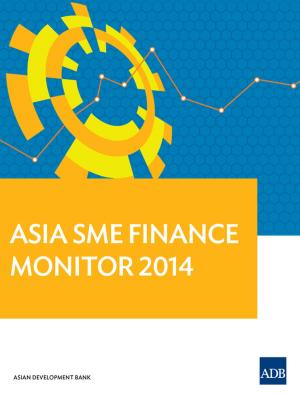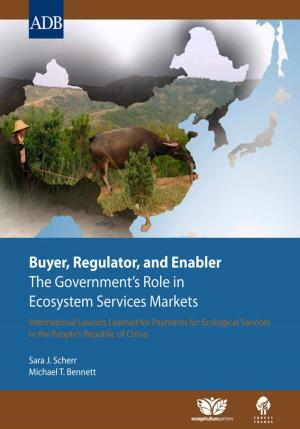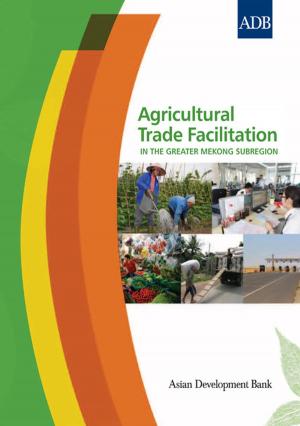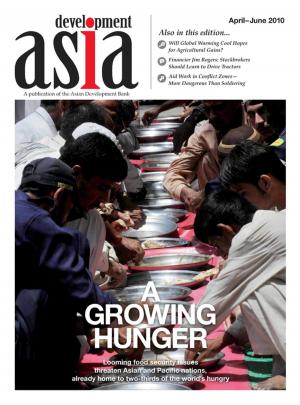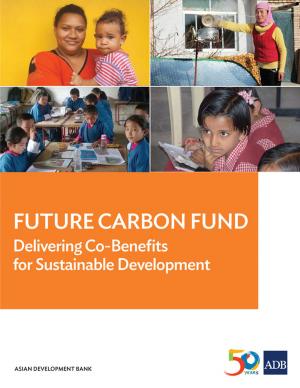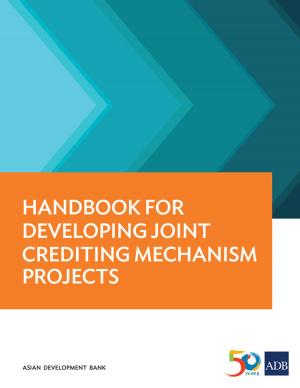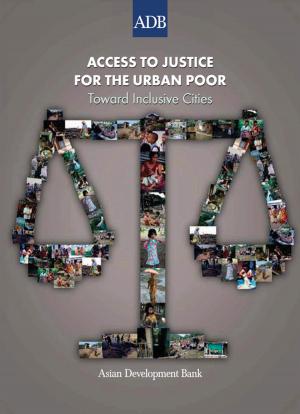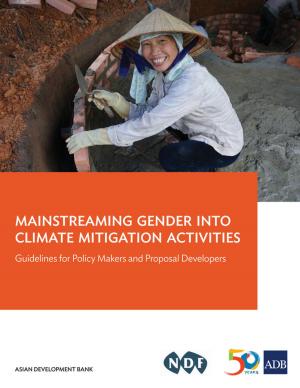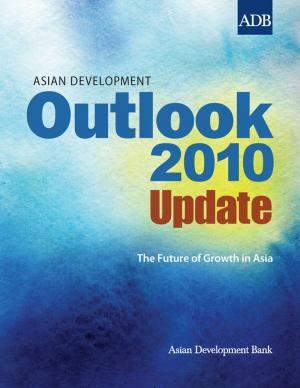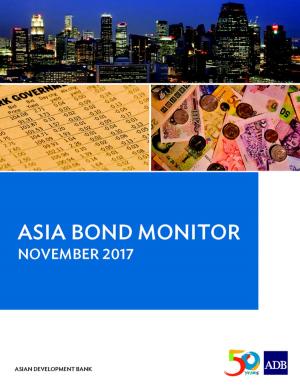Greater Mekong Subregion Atlas of the Environment (2nd Edition)
Business & Finance, Economics, Sustainable Development, Economic Development| Author: | Asian Development Bank | ISBN: | 9789292541125 |
| Publisher: | Asian Development Bank | Publication: | December 1, 2012 |
| Imprint: | Asian Development Bank | Language: | English |
| Author: | Asian Development Bank |
| ISBN: | 9789292541125 |
| Publisher: | Asian Development Bank |
| Publication: | December 1, 2012 |
| Imprint: | Asian Development Bank |
| Language: | English |
The second edition of the Greater Mekong Subregion Atlas of the Environment again champions the environment of this unique part of Asia, an area straddled by rivers great and small, with bountiful watersheds, wetlands, and forests. The Atlas celebrates the peoples of the subregion, and presents the environmental and development challenges they face and their responses. It reminds us that the subregion’s peoples and communities are key to maintaining its environment. The Atlas captures in one volume maps, remote-sensing images, and essential information on one of the most culturally, ethnically, and biologically diverse regions in the world. The subregion is made up of Cambodia; Guangxi Zhuang Autonomous Region and Yunnan Province of the People’s Republic of China; the Lao People’s Democratic Republic; Myanmar; Thailand; and Vietnam
The second edition of the Greater Mekong Subregion Atlas of the Environment again champions the environment of this unique part of Asia, an area straddled by rivers great and small, with bountiful watersheds, wetlands, and forests. The Atlas celebrates the peoples of the subregion, and presents the environmental and development challenges they face and their responses. It reminds us that the subregion’s peoples and communities are key to maintaining its environment. The Atlas captures in one volume maps, remote-sensing images, and essential information on one of the most culturally, ethnically, and biologically diverse regions in the world. The subregion is made up of Cambodia; Guangxi Zhuang Autonomous Region and Yunnan Province of the People’s Republic of China; the Lao People’s Democratic Republic; Myanmar; Thailand; and Vietnam

